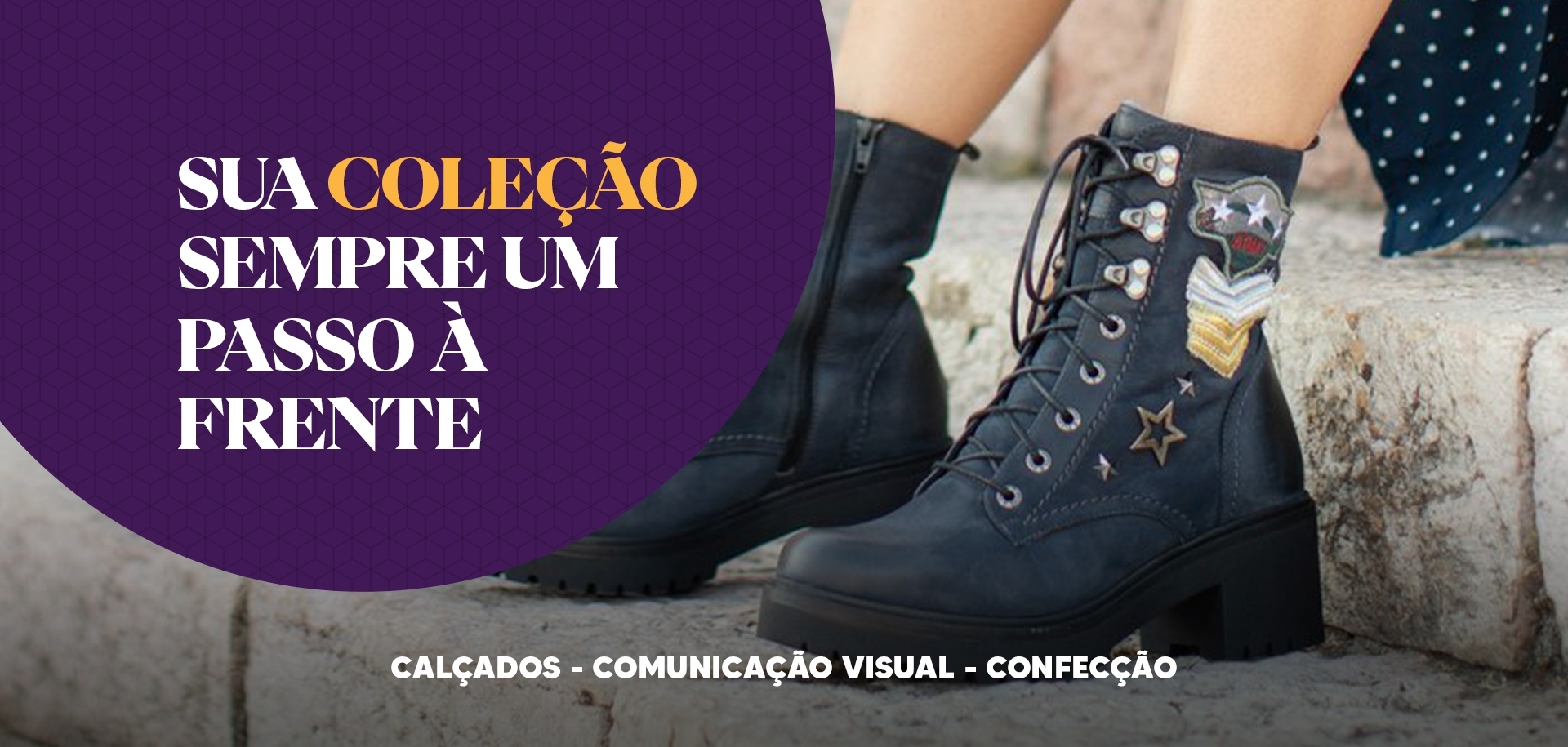


The application of the circular economy model is being created and modeled to redesign the fashion industry. The goal is to make it work beneficial to people and ecosystems. This will challenge professionals from the supply of materials and chemical choices, to manufacturing decisions, business models and consumer options. It means putting into practice a system in which it continuously uses healthy materials for people and the environment, water is kept clean, energy is renewable and people work with dignity. There are currently many barriers for the fashion industry to achieve a circular and collaborative business model. Some of them are primordial to achieve a more sustainable new model. In particular, it is urgent to transform the supply chain that is traditionally linear, and the change in the business culture that today depends on the fast fashion. In order to achieve this, it is necessary to advance a lot in recognizing where the demand of consumers is for better products and for service and sharing models, and thus focus on deepening the current knowledge on how to implement more circular approaches. To start, you will need to invest in a strong business case to gather the sector more widely and demonstrate the benefits to consumers. Empowering designers, retail professionals and suppliers to create an understanding of circular processes and principles and also create actions to make consumers aware of the impact of their buying habits and educating them in the circular economy, are crucial factors to develop new products and scale new product service models initiatives. Source: Assintecal
